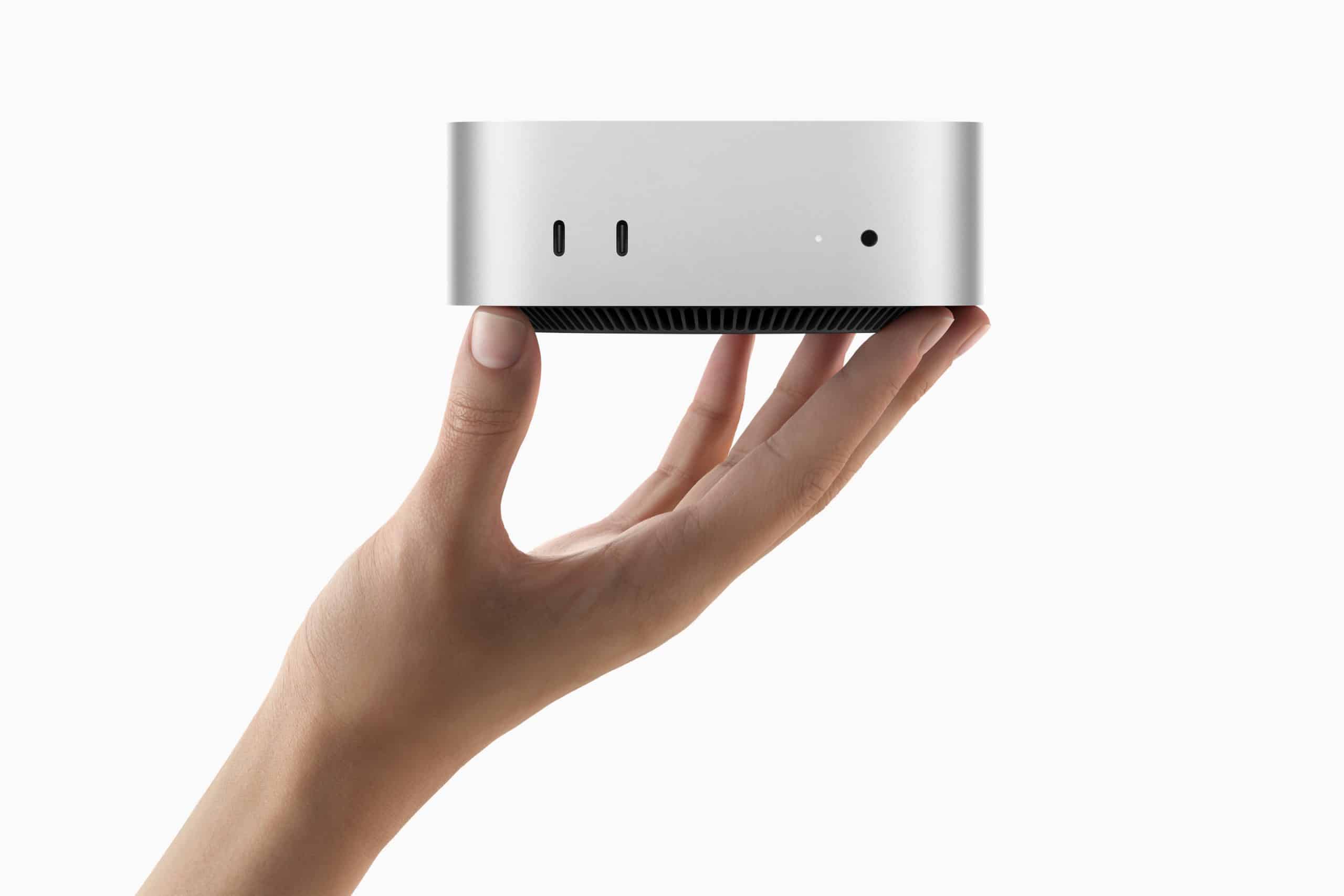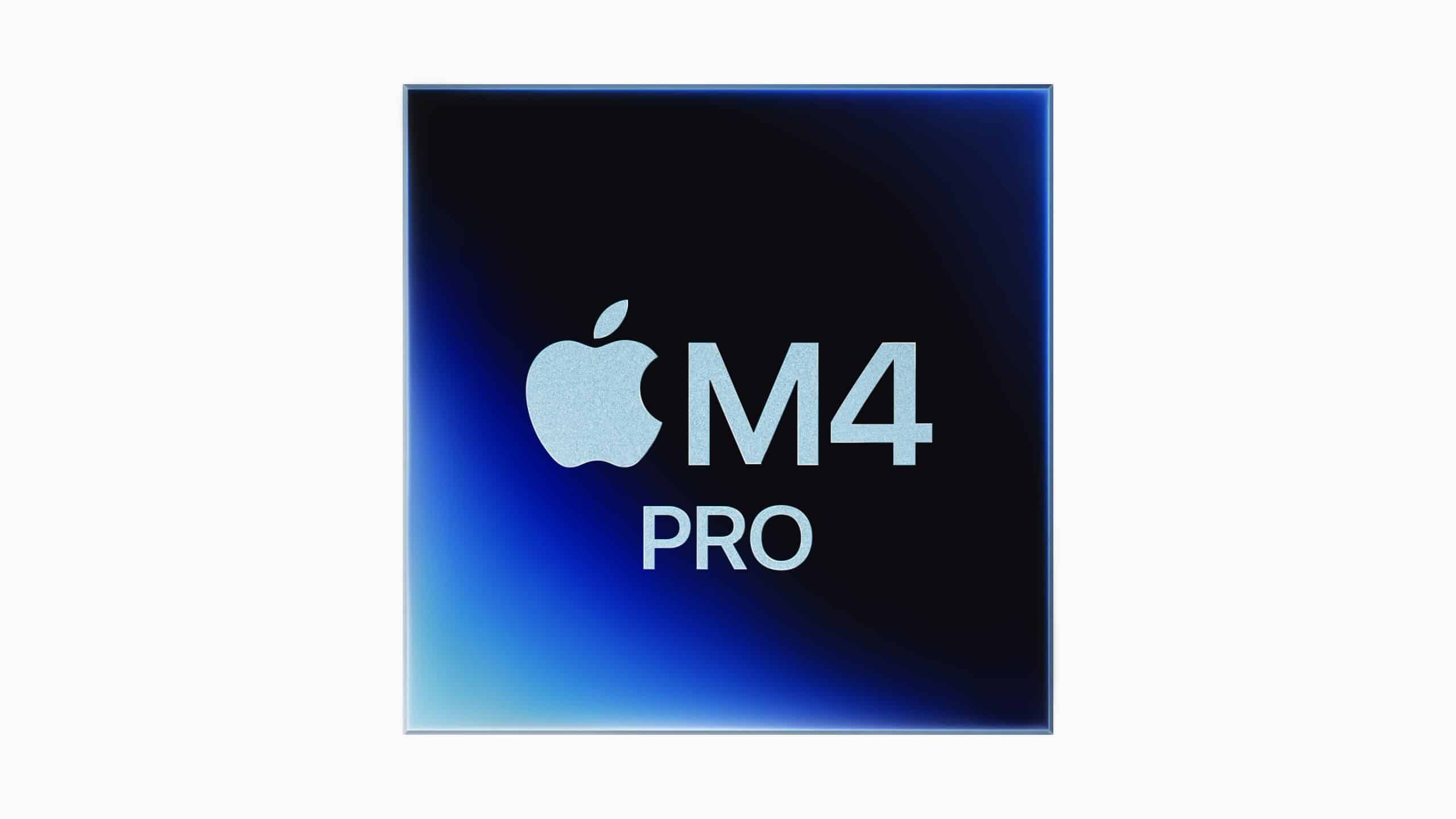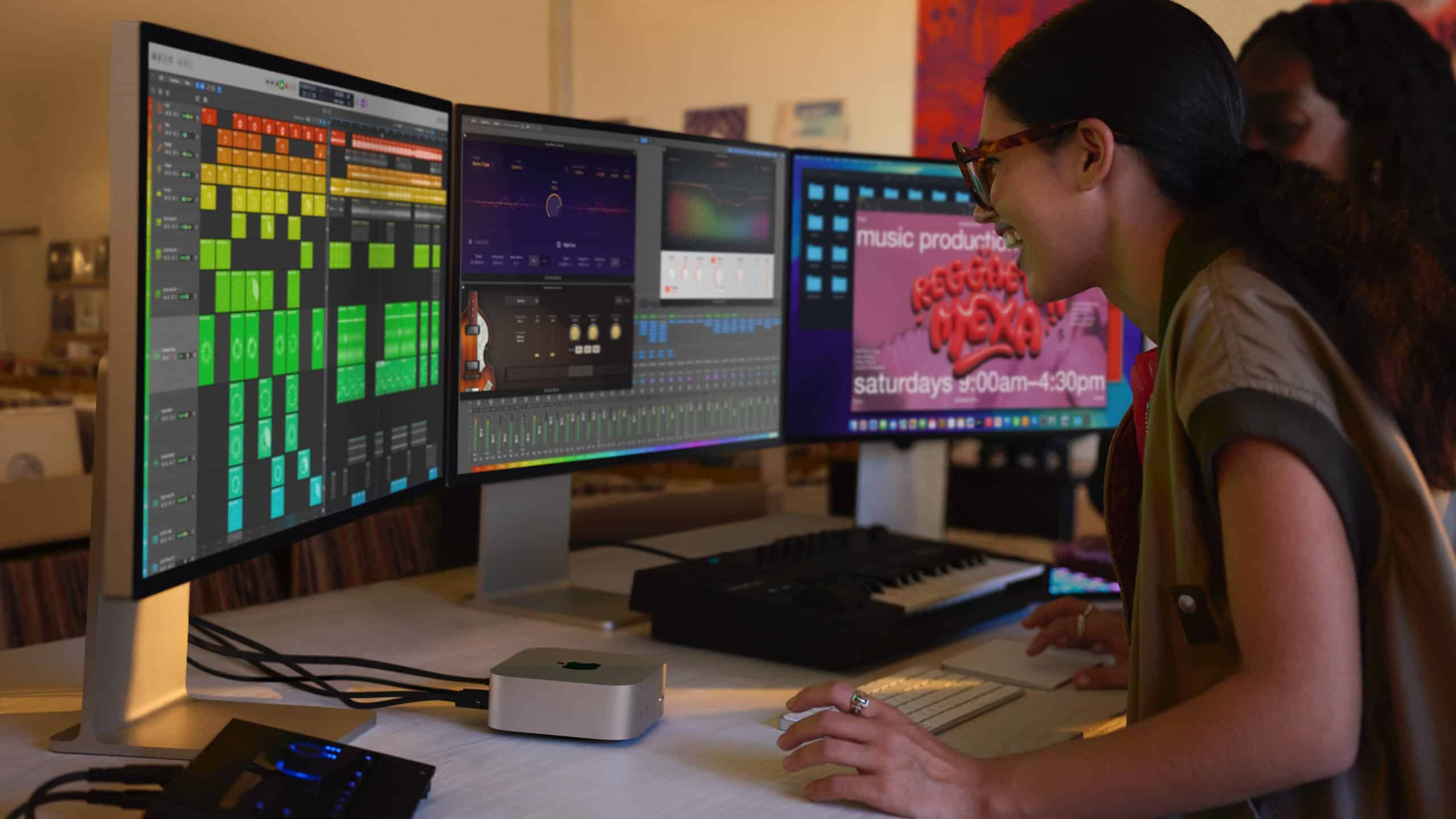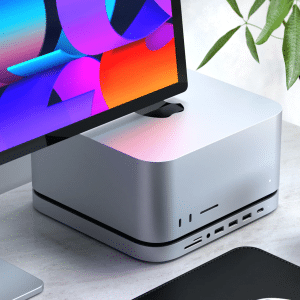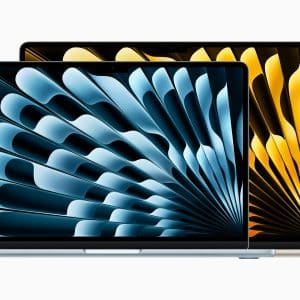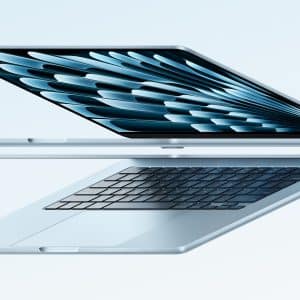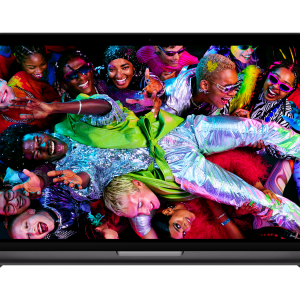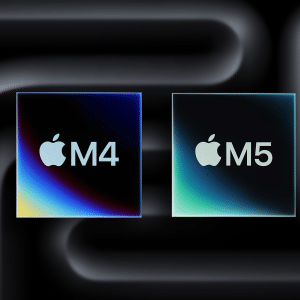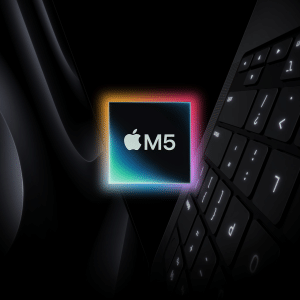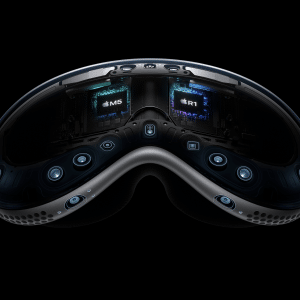Externally, the M4 and M4 Pro Mac Mini models are twins—both sport the same sleek, 5-by-5-inch aluminum chassis introduced in late 2024. But beneath the surface, they diverge. The M4 Pro, with its beefier chip and enhanced cooling, demands a distinct SSD design compared to the base M4. While companies like iBoff RCC have successfully rolled out upgrades for the M4—offering up to 8TB of storage—the M4 Pro has remained a tougher nut to crack. That’s changing, as iBoff RCC recently revealed in a detailed YouTube breakdown that it’s crafted an 8TB prototype specifically for the M4 Pro, though it’s not yet ready for prime time.
The appeal is clear. Apple’s SSD pricing is notoriously steep—jumping from 256GB to 1TB costs $400 at purchase, while 2TB runs $800. Third-party options, by contrast, promise significant savings. The M4 upgrades, already selling out fast, clock in at a fraction of that cost, and the M4 Pro prototype suggests similar value could soon arrive. For users, this means more storage for less, without the need to commit upfront to Apple’s configurations.
The Upgrade Catch
Apple hasn’t exactly rolled out the welcome mat for these upgrades. While the M4 and M4 Pro feature removable SSDs—a departure from the soldered storage of earlier Apple Silicon Macs—the process isn’t user-friendly. Swapping an SSD requires a second Mac running Apple Configurator to restore firmware via DFU mode, wiping all data in the process. It’s a DIY job that demands technical know-how and a willingness to void warranties if Apple objects. iBoff RCC, for one, remains wary of legal pushback, despite claiming its re-engineered drives outpace Apple’s own in speed.
The good news? Apple’s design choice to make SSDs removable—likely a nod to repairability regulations—keeps the door ajar for third-party innovation. The M4’s upgrade ecosystem is already thriving, with vendors refining modules that match Apple’s specs while boosting capacity. The M4 Pro prototype, still in testing, builds on this momentum, though its unique internals mean it’s not a simple copy-paste job from the M4 solution.
Why It Matters for Users
For Mac Mini fans, this is a practical win. The M4 Pro, with its up-to-14-core CPU and 20-core GPU, is a beast for creative pros and power users—think video editors, developers, or anyone juggling hefty workloads. But storage can bottleneck even the best setups. Apple’s base 256GB option fills up fast, and external drives, while viable, don’t match the speed and convenience of internal upgrades. A third-party 8TB M4 Pro SSD could keep projects humming without breaking the bank, all while leveraging the machine’s Thunderbolt 5 ports for additional flexibility.
The catch is timing. With the prototype still in development, M4 Pro owners must wait—possibly weeks or months—for a market-ready product. Meanwhile, the M4 upgrades offer a glimpse of what’s possible: faster-than-Apple performance at a lower cost, with real-world demand snapping up stock as soon as it drops.
Apple’s Silent Stance
Apple’s not cheering from the sidelines. The company hasn’t sanctioned these upgrades and likely never will—its business model thrives on premium pricing and locked-in ecosystems. Yet, by making SSDs removable, Apple has tacitly enabled this tinkering, perhaps to appease regulators pushing for repairable tech. Critics argue it’s a half-measure—modular, yes, but not truly user-upgradeable without jumping through hoops. Still, for a company once known for soldering everything in place, it’s a concession that’s sparked a mini-revolution.
What’s Next
The M4 Pro SSD upgrade isn’t here yet, but its prototype status is a promising sign. If vendors like iBoff RCC can refine it—matching the M4’s success—Mac Mini users could gain unprecedented control over their machines. Picture a base M4 Pro with 256GB swapped for 8TB at a third of Apple’s price, all while keeping the zippy performance that makes the Mini a desktop darling. It’s not a reality today, but it’s inching closer, one prototype at a time.
For now, M4 Pro owners should keep an eye on vendors’ progress—and maybe stash their original SSD, just in case Apple’s repair desk calls.
